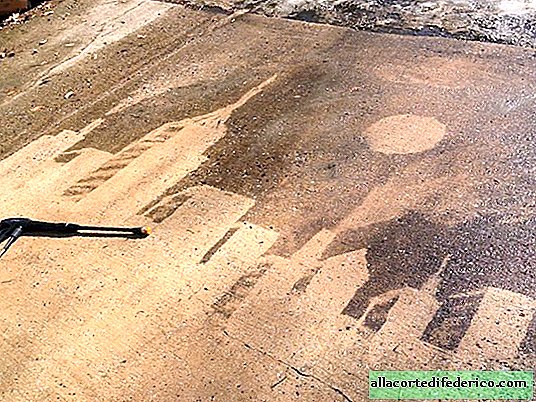Why are fossils hair five times less likely than feathers
When most people hear the word “fossil,” they probably think of giant bones or sharp teeth. But under certain conditions, after the death of an animal, even skin, hair and feathers may persist for a long time. However, everything is not so simple here: statistics show, for example, that intact ancient feathers are found five times more often than hair. Why is this happening, scientists can not answer yet. Perhaps this is due to the structural features of feathers and hairs, with environmental conditions. Or perhaps with the negligence of the researchers themselves!
On the verge of truth
Hair is an essential element for understanding ancient species. They, like feathers or leather, contain unique data on the ecology and lifestyle of extinct animals, including what color they could be. Due to the fact that such "evidence" is poorly preserved, scientists may be mistaken in their assessments when it was the living things on Earth that acquired hair. For example, there is an opinion that this happened much earlier than is commonly believed - just evidence has not been preserved.

How is the hair of fossil animals still preserved? Fossil layers that preserve soft tissues such as hair and feathers are called lagerstätte ("fossil stores" in German) and are rare in themselves. For example, they are found in the United States and China. A group of scientists investigated these layers in order to understand how the mechanism works.
Fine work
Researchers believe that the hair of mammals has existed for more than 160 million years, but there is almost no real evidence (unlike feathers). This may be due to the fact that hair and feathers contain different types of keratin, which is why the latter have a higher chance of petrification. However, it is possible that the reason is in the scientists themselves: to identify a single pen is much easier than a single hair, so in many cases they could simply be overlooked.

Another possible factor is the location of the fossil. So, the study found that soft tissue retention was most common at a time when ancient sea levels were high. So far, there is very little information about the chemical characteristics of these deposits, as well as why they are so unevenly distributed in time and space. For example, most of these findings have been found in North America or Eurasia, but it is not clear what this is connected with.

















